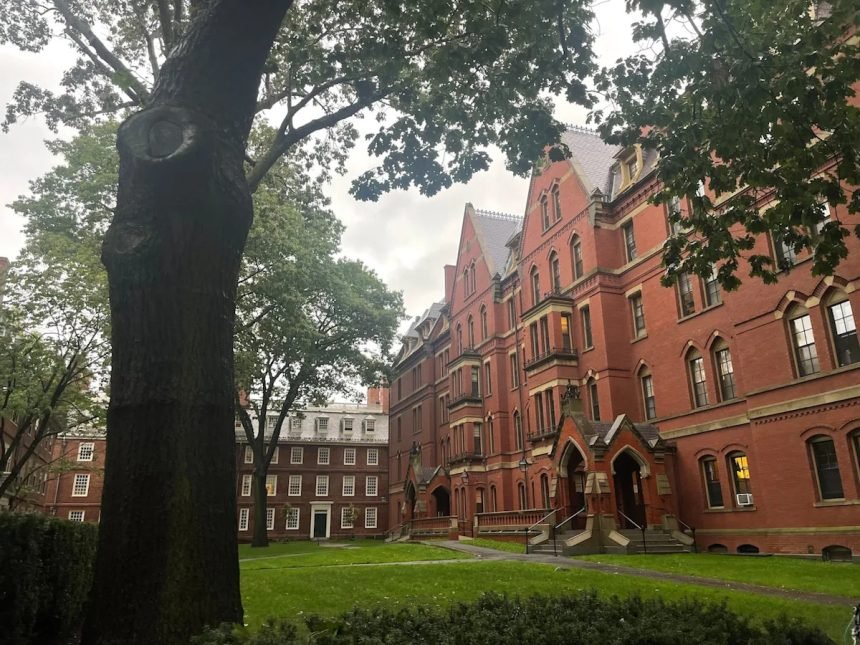Black, Hispanic and international enrollment declined at Harvard University as the percentage of Asian American students increased, according to new data released on Thursday.
The shift comes after a Supreme Court ruling that struck down affirmative action in higher education.
The steepest drop at Harvard was among Hispanic students, which declined from 16% last year to 11% this year. The 16% in 2024 was an increase from 14% the prior year.
Students who identified as African American or Black also declined to 11.5%, a drop from 14% the year prior and 18% in 2023. International students also dropped from 18% last year to 15% this year.
As other demographic groups declined, Asian American students increased from 37% to 41%.
Harvard’s admissions data release comes after President Donald Trump signed an executive order requiring colleges to submit data to prove they do not consider race in admissions.
At the same time, the United States is facing the most significant decline in international students entering the country in August since the pandemic due to a federal crackdown on immigration.
Harvard has been under attack from the Trump administration since April over a crackdown on its international students, research funding and a myriad of other issues. As part of two of the university’s lawsuits against the federal government, a judge ordered the Trump administration to reinstate the university’s nearly $3 billion in federal funding cuts.
This year’s admission data is the first class since Harvard reinstated standardized test scores as part of the application process after years of not requiring it.
While international student numbers dropped, 90% of those admitted decided to enroll and only eight students deferred admission, the university reported.
Notably, 45% of the incoming class will attend Harvard tuition-free. More than half of those students also qualified for other expenses to be covered, including tuition, fees, food and housing. Twenty-one percent of students are eligible for federal financial aid through Pell Grants.
“The Class of 2029 reflects everything that makes Harvard College extraordinary. These remarkable students come to us from across the country and around the globe with boundless curiosity and eagerness to join a community that challenges them to learn deeply, listen generously, and expand their understanding of themselves and the world around them, ” said Edgerley Family Dean of the Faculty of Arts and Sciences HopiHoekstra. “Even amid shifting economic realities, our commitment to access and opportunity remains unwavering. That nearly half of this class will attend Harvard tuition-free fills me with immense pride and optimism for the future they will help shape.”
Twenty percent of the class is first-generation, the college said, about the same as the prior year. There are 16 veterans and 12 transfer students joining the class. Seventy-five people were taken off the waitlist.
Of 2,003 applicants offered admission, 1,675 accepted with a yield rate of nearly 84% — the university’s fifth cycle with a yield rate over 83%.
There were nearly 48,000 applicants — a 10% increase from a few years ago, in 2019, when standardized test scores were required.
The other institution to most recently release data on its incoming student body is Amherst College, which saw some numbers of diversity rebound.
More Higher Ed
Read the original article on MassLive. Add MassLive as a Preferred Source by clicking here.











